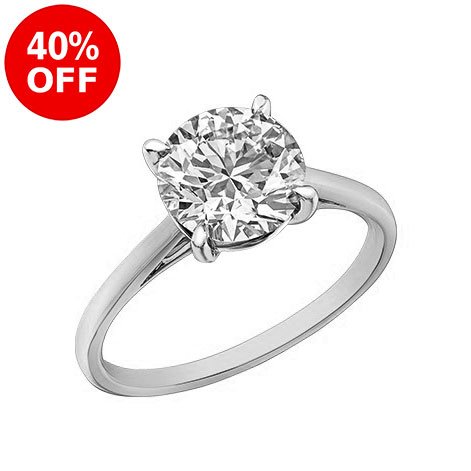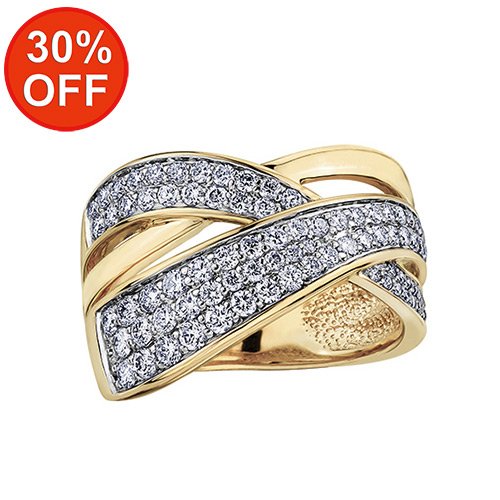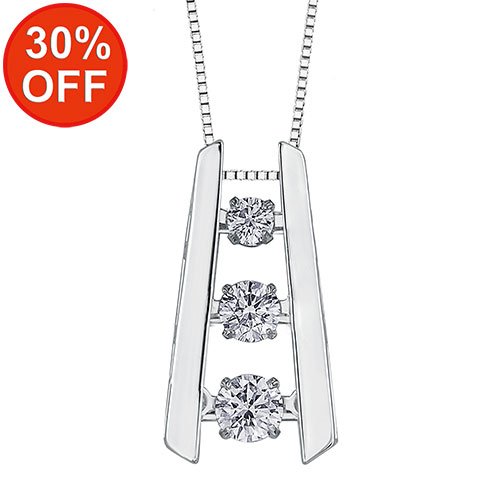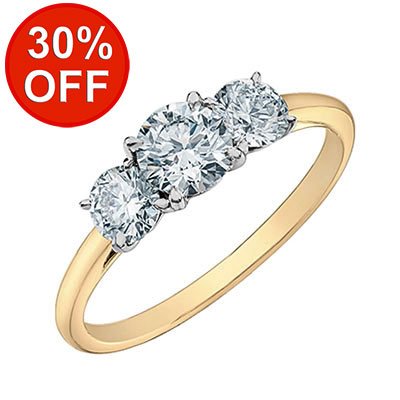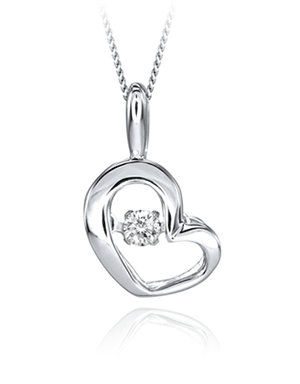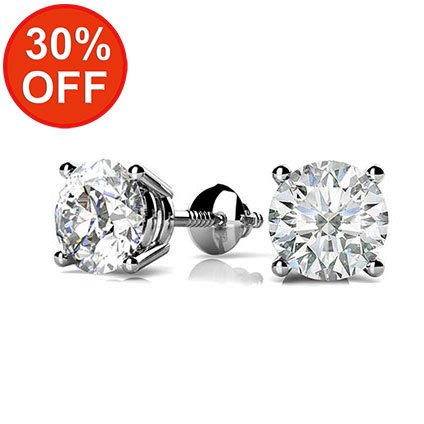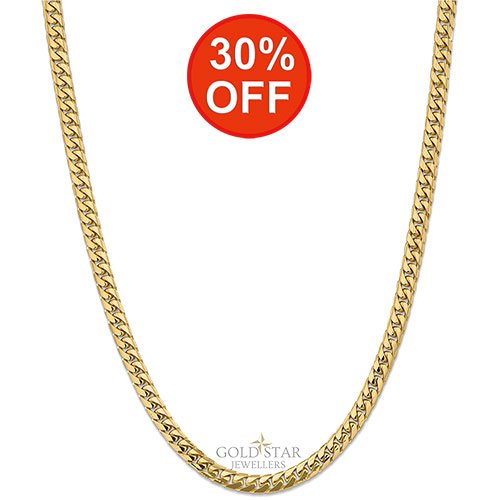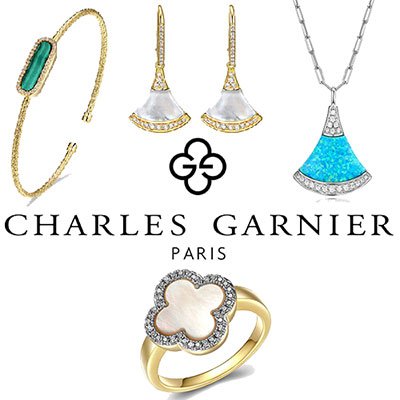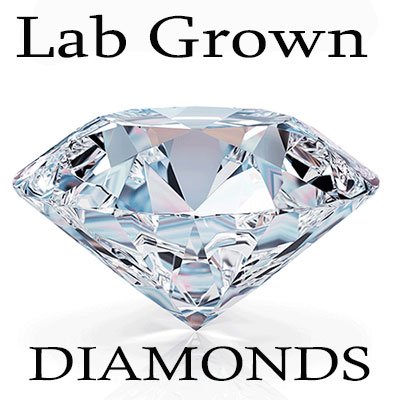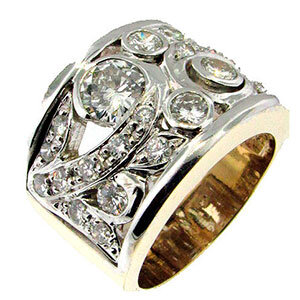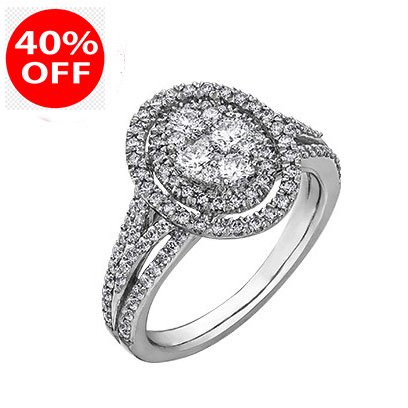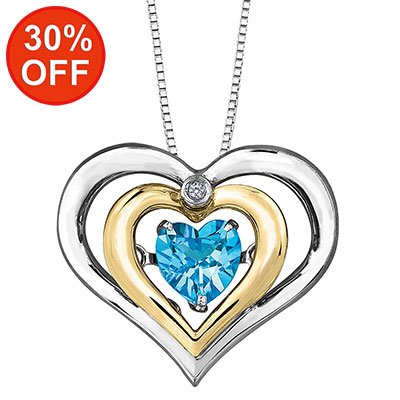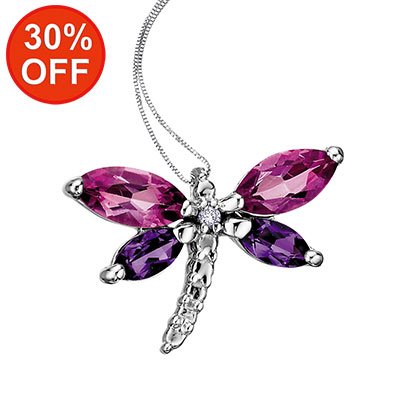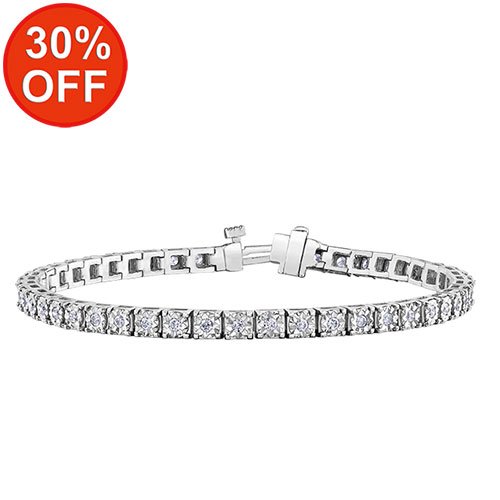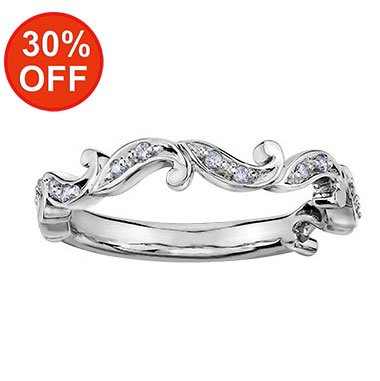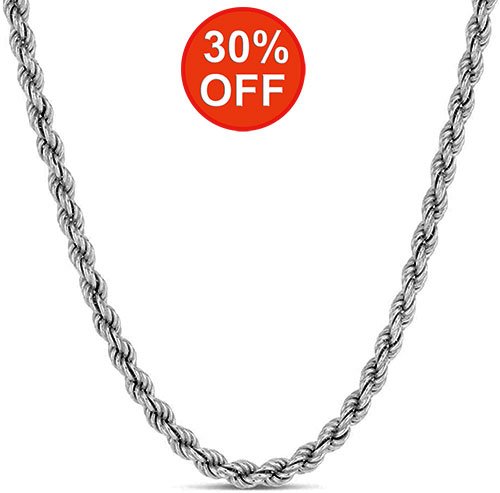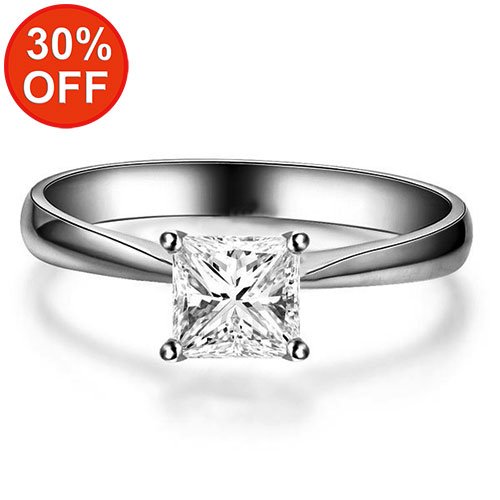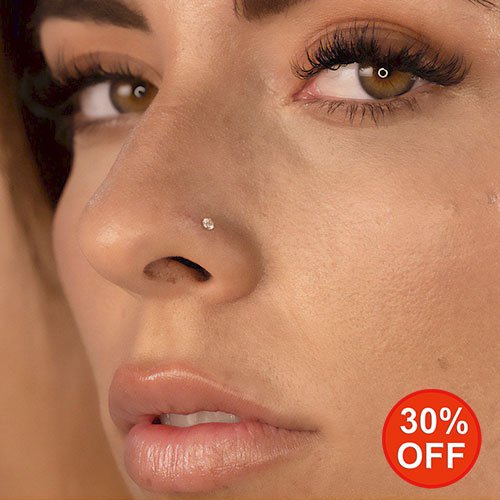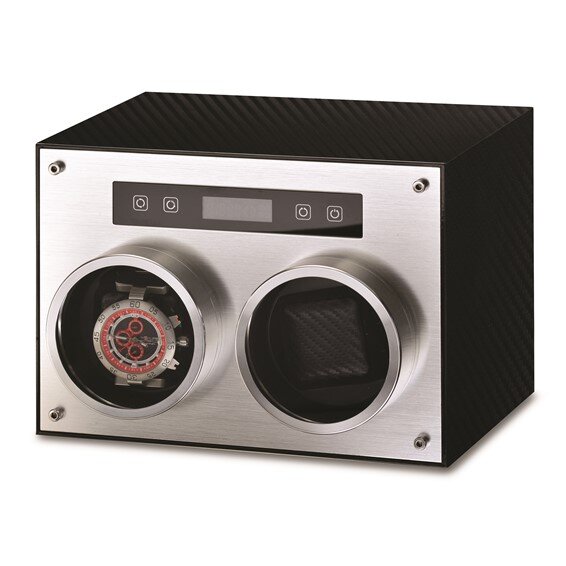Yellow Gold
Gold has a warm yellow color in its purest form. Even when it is alloyed with other metals such as silver, nickel or palladium to make 14k or 18k Gold, it retains a yellowish color. The richness of the Gold color is directly affected by the percentage of Gold in its alloys: therefore, 18k Gold has a richer Gold color than 14k Gold.
White Gold
To give White Gold its brilliant shiny white luster, the final process of making White Gold involves plating the metal with a layer of Rhodium. Rhodium is a shiny white metal, which is extremely hard and durable. Over time, with regular wear, the Rhodium plating may wear off revealing the yellow Gold underneath, and can be easily repaired by a jeweler who can redo the Rhodium plating.
Rose Gold
When Gold is alloyed with a high percentage of Copper, the presence of Copper gives the alloy a pinkish tint. This alloy has popularly come to be known as Rose Gold.
Price of Gold Jewellery


![[Most Recent Quotes from www.kitco.com]](http://www.kitconet.com/images/sp_en_8.gif)

